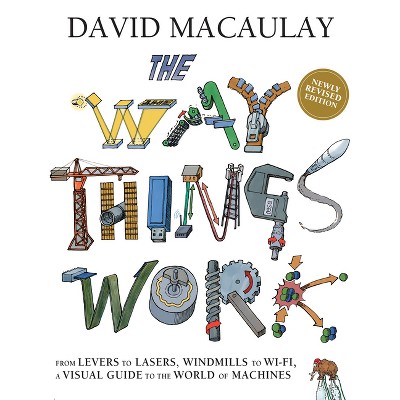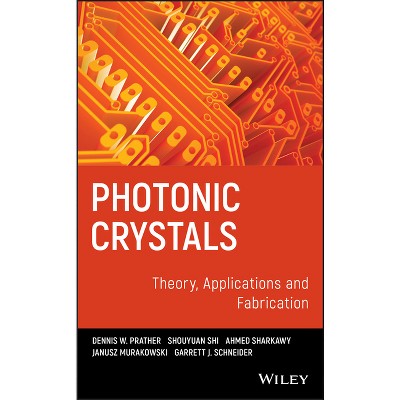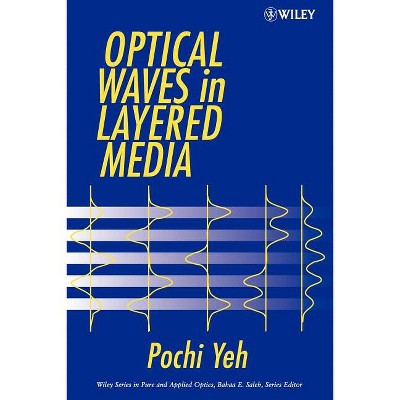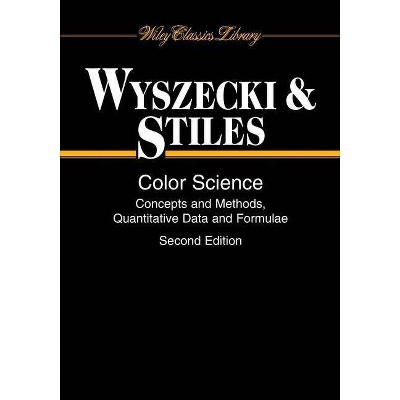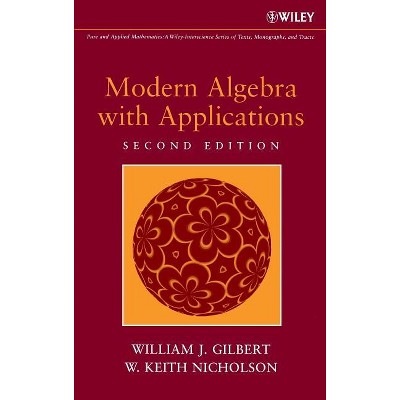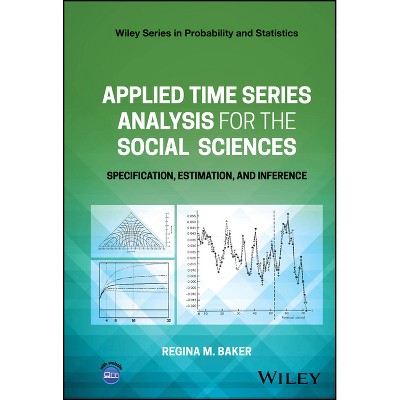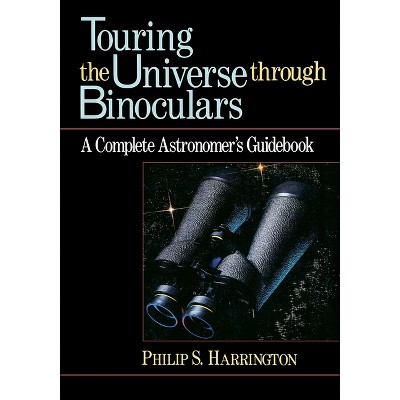Sponsored

Building Electro-Optical Systems - (Wiley Pure and Applied Optics) 3rd Edition by Philip C D Hobbs (Hardcover)
In Stock
Sponsored
About this item
Highlights
- Building Electro-Optical Systems In the newly revised third edition of Building Electro-Optical Systems: Making It All Work, renowned Dr. Philip C. D. Hobbs delivers a birds-eye view of all the topics you'll need to understand for successful optical instrument design and construction.
- About the Author: Philip C.D. Hobbs, PhD, is the Principal of ElectroOptical Innovations, a consultancy in Briarcliff Manor, New York.
- 832 Pages
- Technology, Lasers & Photonics
- Series Name: Wiley Pure and Applied Optics
Description
About the Book
"Electro-optics is a branch of electrical engineering and material physics involving components, devices, and systems which operate by the propagation and interaction of light with various tailored materials. Building a modern electro-optical instrument may be the most interdisciplinary job in all of engineering. Any project involves physics, electrical engineering, optical engineering, and computer science interacting in complex ways"--Book Synopsis
Building Electro-Optical SystemsIn the newly revised third edition of Building Electro-Optical Systems: Making It All Work, renowned Dr. Philip C. D. Hobbs delivers a birds-eye view of all the topics you'll need to understand for successful optical instrument design and construction. The author draws on his own work as an applied physicist and consultant with over a decade of experience in designing and constructing electro-optical systems from beginning to end.
The book's topics are chosen to allow readers in a variety of disciplines and fields to quickly and confidently decide whether a given device or technique is appropriate for their needs. Using accessible prose and intuitive organization, Building Electro-Optical Systems remains one of the most practical and solution-oriented resources available to graduate students and professionals.
The newest edition includes comprehensive revisions that reflect progress in the field of electro-optical instrument design and construction since the second edition was published. It also offers approximately 350 illustrations for visually oriented learners. Readers will also enjoy:
- A thorough introduction to basic optical calculations, including wave propagation, detection, coherent detection, and interferometers
- Practical discussions of sources and illuminators, including radiometry, continuum sources, incoherent line sources, lasers, laser noise, and diode laser coherence control
- Explorations of optical detection, including photodetection in semiconductors and signal-to-noise ratios
- Full treatments of lenses, prisms, and mirrors, as well as coatings, filters, and surface finishes, and polarization
Perfect for graduate students in physics, electrical engineering, optics, and optical engineering, Building Electro-Optical Systems is also an ideal resource for professional designers working in optics, electro-optics, analog electronics, and photonics.
From the Back Cover
A mentor-in-a-box for anyone working with electro-optical systems
In the newly revised third edition of Building Electro-Optical Systems: Making It All Work, renowned Dr. Philip C. D. Hobbs delivers a birds-eye view of all the topics you'll need to understand for successful optical instrument design and construction. The author draws on his own work as an applied physicist and consultant with over a decade of experience in designing and constructing electro-optical systems from beginning to end.
The book's topics are chosen to allow readers in a variety of disciplines and fields to quickly and confidently decide whether a given device or technique is appropriate for their needs. Using accessible prose and intuitive organization, Building Electro-Optical Systems remains one of the most practical and solution-oriented resources available to graduate students and professionals.
The newest edition includes comprehensive revisions that reflect progress in the field of electro-optical instrument design and construction since the second edition was published. It also offers approximately 350 illustrations for visually oriented learners. Readers will also enjoy:
- A thorough introduction to basic optical calculations, including wave propagation, detection, coherent detection, and interferometers
- Practical discussions of sources and illuminators, including radiometry, continuum sources, incoherent line sources, lasers, laser noise, and diode laser coherence control
- Explorations of optical detection, including photodetection in semiconductors and signal-to-noise ratios
- Full treatments of lenses, prisms, and mirrors, as well as coatings, filters, and surface finishes, and polarization
Perfect for graduate students in physics, electrical engineering, optics, and optical engineering, Building Electro-Optical Systems is also an ideal resource for professional designers working in optics, electro-optics, analog electronics, and photonics.
About the Author
Philip C.D. Hobbs, PhD, is the Principal of ElectroOptical Innovations, a consultancy in Briarcliff Manor, New York.
Shipping details
Return details
Trending Computers & Technology Books

